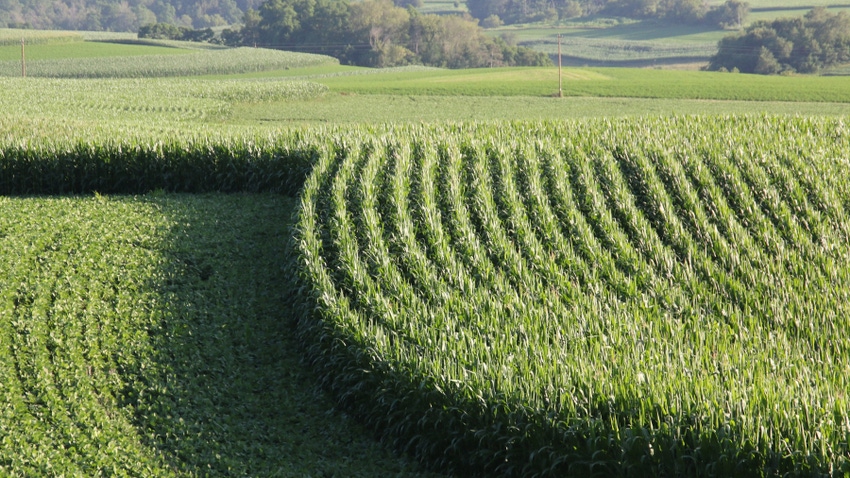
It is obvious that 2023 is not shaping up to be as good of a year for farmers as 2022 was, says Sam Miller, Appleton, Wis., managing director and group head of agricultural banking at BMO Harris Bank. However, he thinks 2023 will be a better year than 2024 and 2025.
“At the end of 2022, the farm economy was the best it had been in decades,” Miller says. “Net cash income was the highest ever, driven by supply-and-demand factors. Most everybody’s feed pile was bigger in 2022, and the quality was good, too. We had poor crops in parts of North and South America and war in Ukraine.”
Due to the war in Ukraine and inflation, fertilizer and fuel prices were up 40%. Other farm costs rose 20% in the past year, he says.
High land values
“In 2022, lines of credit were paid down; most payables were in good shape. Land values are high, and I don’t think there will be a correction,” Miller says.
Farm-gate prices in 2023 are not as good as they were in 2022. Milk, hog and grain prices have all come down. Only beef is high, and that’s due to a supply shortage, Miller says.
Inflation has dropped from a peak of 9.1% last June to 4.9% in April.
“Inflation is about the same as interest rates,” Miller notes. “The Fed is trying to get inflation to come down. But the wild card has been the unemployment rate. It has not increased like the Fed thought it would.”
Miller says the world is in the process of moving from globalization to deglobalization.
“The U.S. is bringing manufacturing closer to home, from China to the U.S. and Mexico,” he explains. “It will be more expensive to produce products here because labor is more expensive.”
Miller says deglobalization will not bring inflation down as fast as the Fed would like.
“We will have to deal with inflation and high interest rates for a while,” he says.
Farmers with variable-rate loans that were not locked in are already being impacted by high interest rates, he says. But those farmers with interest rates locked in on loans before interest rates began to rise are doing OK.
“I doubt interest rates will come down until sometime next year,” he says. “I think farm expenses will come down in the next few years, but not as low as they were before inflation hit. And wages won’t drop.”
Miller says good years and bad years for farmers have come in cycles.
“We had seven years of good crop prices from 2007 to 2013,” he explains. “Then we had seven years of low prices from 2014 to 2020. Prices were good in 2021 and 2022 — now prices are down again.”
Miller anticipates prices for crops and milk will be profitable in 2023, especially crops.
“I think farmers will have a more difficult 2024 and 2025,” he says.
Read more about:
Farm EconomyAbout the Author(s)
You May Also Like






